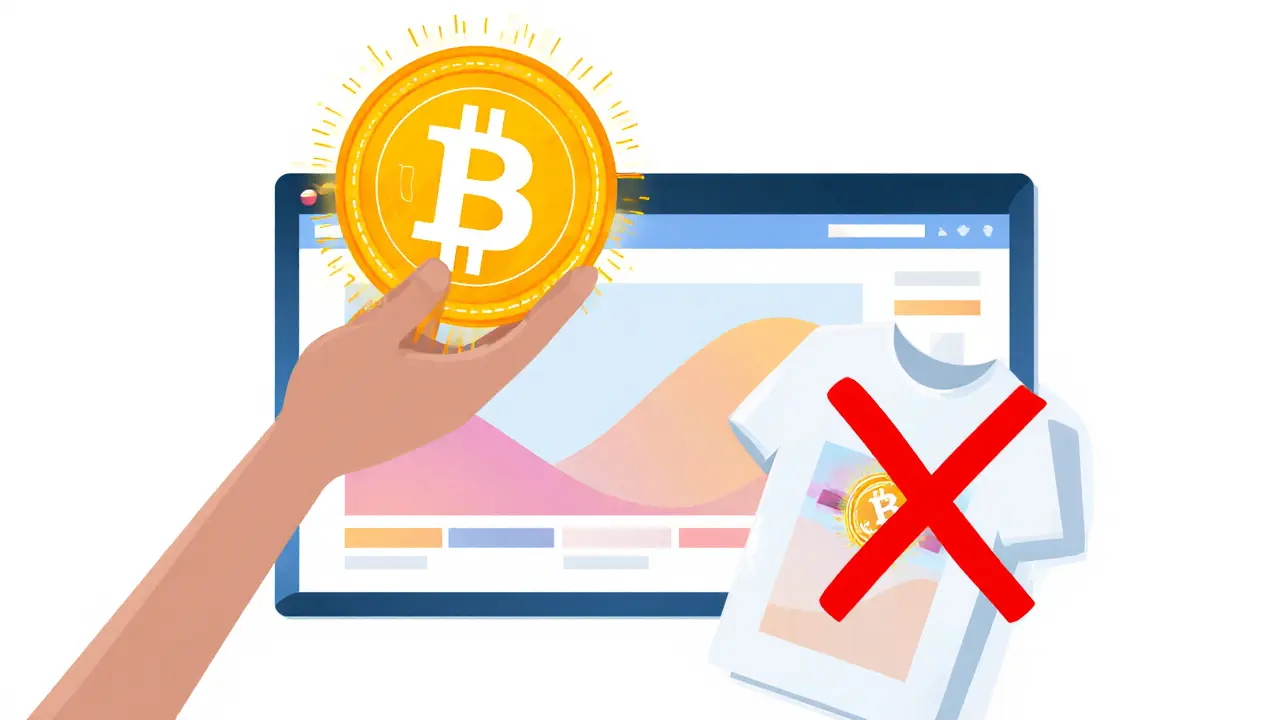NFT Art Ownership: What It Really Means to Own Digital Art
When you buy an NFT art ownership, a digital certificate tied to a piece of art using blockchain technology that proves you hold the original version. Also known as blockchain-based art ownership, it doesn't give you copyright or the right to reproduce the image—but it does give you verifiable proof that you own the original token linked to it. This is where most people get confused. Owning an NFT isn’t like owning a physical painting you can hang on your wall. You can’t stop someone from screenshotting it. What you own is a unique digital key, recorded on a public ledger, that says you’re the one who bought it first.
This system was built to solve a real problem: how do you prove something digital is original? Before NFTs, anyone could copy and sell a JPEG as if it were theirs. Now, with NFT provenance, the complete history of who created and owned a digital asset, stored permanently on a blockchain, you can trace every sale back to the artist. That’s powerful for creators. It means they can earn royalties every time their art resells—something impossible in the traditional art world. But it also means you need to check if the artist actually minted the NFT. Many fake NFTs flood the market, pretending to be from famous artists. If the artist didn’t list it themselves, you’re not buying ownership—you’re buying a copy.
Digital art ownership, the concept of possessing and controlling a unique digital asset through cryptographic verification isn’t just about art. It’s about control. Who decides how the art is displayed? Can you sell it? Can you use it in a game or virtual world? Those rights depend entirely on the smart contract behind the NFT. Some NFTs give you full commercial rights. Others only let you display it. And many? They don’t say anything at all. That’s why you need to read the fine print—even if it’s buried in a GitHub repo or a Discord announcement.
The real value of NFT art ownership isn’t in the image. It’s in the chain of custody. It’s in knowing that no one else can claim to own the original. That’s why some collectors pay millions—not for the pixels, but for the record. But if you’re buying just to flip, be careful. Most NFT art has no real demand. Prices crash when hype fades. And if the platform hosting the NFT goes down? Your ownership record stays on the blockchain—but your art might vanish.
What you’ll find below are real breakdowns of NFT projects, scams, and ownership myths. You’ll see how some NFTs give you actual rights, while others are just digital stickers with a blockchain sticker on them. You’ll learn which airdrops promise ownership but deliver nothing, and which platforms actually protect your claim. No fluff. Just what you need to know before you click buy.

